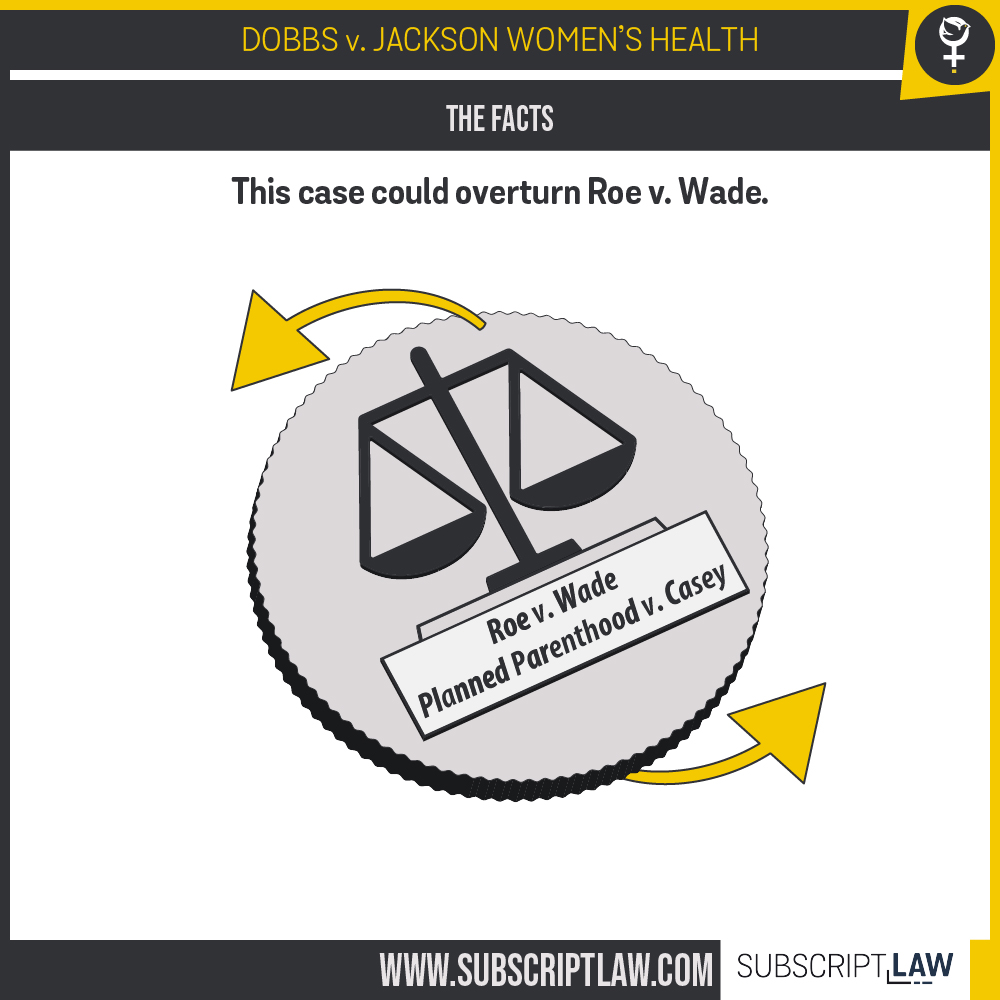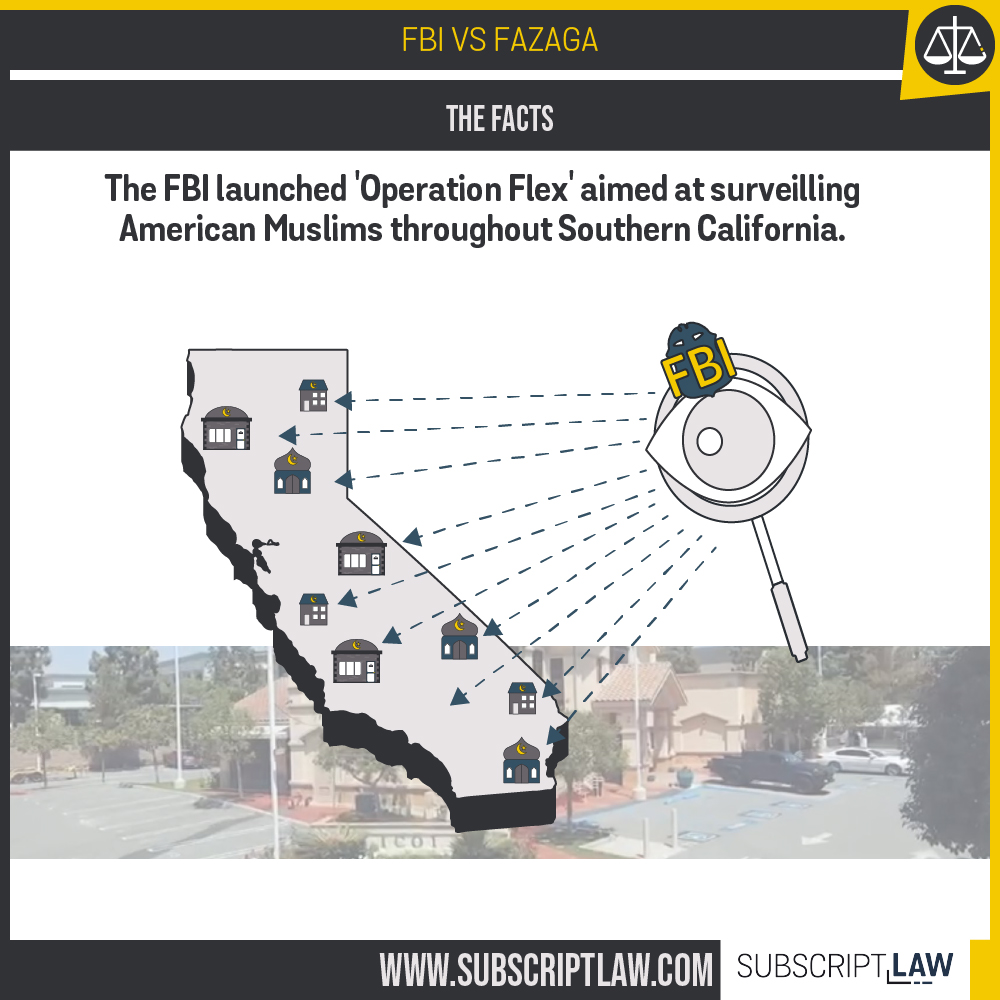Are the petitioners eligible for a sentence reduction?
Koons and several others (Petitioners) were convicted of conspiracies to manufacture and sell drugs. Each of them agreed to help the prosecution in other investigations so they would get reduced sentences. They did. Now they argue they are eligible for further sentence reductions.
Sentencing
When a judge considers a criminal sentence, the judge reviews both the Mandatory Minimum/Maximum, a range designated by Congress that the sentence must comply with and a different range – the “Sentencing Guidelines” – that the judge may use with discretion, as long as the Mandatory Min/Max are respected. However, there are a couple rare exceptions to the Mandatory Min/Max, and “substantial assistance” to prosecution is one of them.
Based on the “substantial assistance” exception, each of the Petitioners got a sentence lower than the Mandatory Minimum for the crime committed.
Calculating the sentences
When the judge in each case calculated the sentence, the judge followed the ordinary course of calculating the Min/Max and also calculating the Sentencing Guidelines. In each case, the range produced by the Sentencing Guidelines was lower than the Mandatory Minimum. Because the Sentencing Guidelines range was entirely lower, the judge decided that it would use the Mandatory Minimum for a starting point for the sentence calculation. Then the judge took a percentage of the Mandatory Minimum to determine how much the “substantial assistance” was worth, before lowering it by that amount.
Reduction rule
Petitioners argue they should each be eligible for a further sentence reduction based on a separate rule. The rule says that if a judge calculates your sentence “based on” the Sentencing Guidelines, and then the Sentencing Guidelines for your crime are reduced, the judge may grant a sentence reduction.
The analysis
The question here is: were the Petitioners’ sentences “based on” the Sentencing Guidelines?
The sentencing process did take the Sentencing Guidelines into account, early on. Petitioners argue that’s all that matters: the Guidelines produced a range that determined the starting point, so in fact the Guidelines were the starting point for the sentencing calculations. However the United States argues that doesn’t count; it’s too indirect. The U.S. argues what counts is the “actual” starting point for the percentage reductions, which was the Mandatory Minimum.
The Supreme Court will determine if Petitioners sentences were calculated “based on” the Sentencing Guidelines. The argument is scheduled for March 27, 2018.






